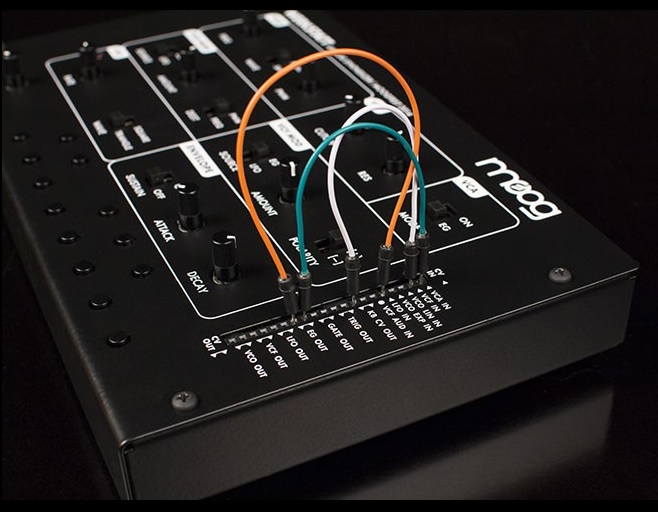A friend of mine who is a layman in terms of electronics asked me to teach him how to synthesise audio with some analog circuit and how to build it. For some reason it has to be analog. Probably because that's so cool these days. I don't really get this.
The problem is that I'm not into discrete electronics either.
I concluded that there are many circuits that can produce oscillating signals and thus sound. The astable multivibrator came to my mind. However, for audio the signal cannot be just periodic. It is necessary to produce the desired shape like sine, triangle, rectangle, etc. without overtones (or at least as few as possible)
In theory for example, a simple \$RLC\$ circuit can produce a nice decaying waveform of a single frequency. But in the real world, a component is part of an electrical network that influences its behaviour.
The answer I gave was "Just use a microcontroller." However, I received the the answer that programming is "very complicated". I have a feeling that behind this lies the fallacy that designing analog oscillators is an "easy task".
Am I on the right track that it doesn't make too much sense to create audio with analog circuits these days? I found this upvoted answer from Olin, which supports my reasoning. I don't want to be the downer and due to my own lack of experience I might be on the wrong track entirely. Maybe there are simple ways to create oscillators for audio synthesis with analog components?

